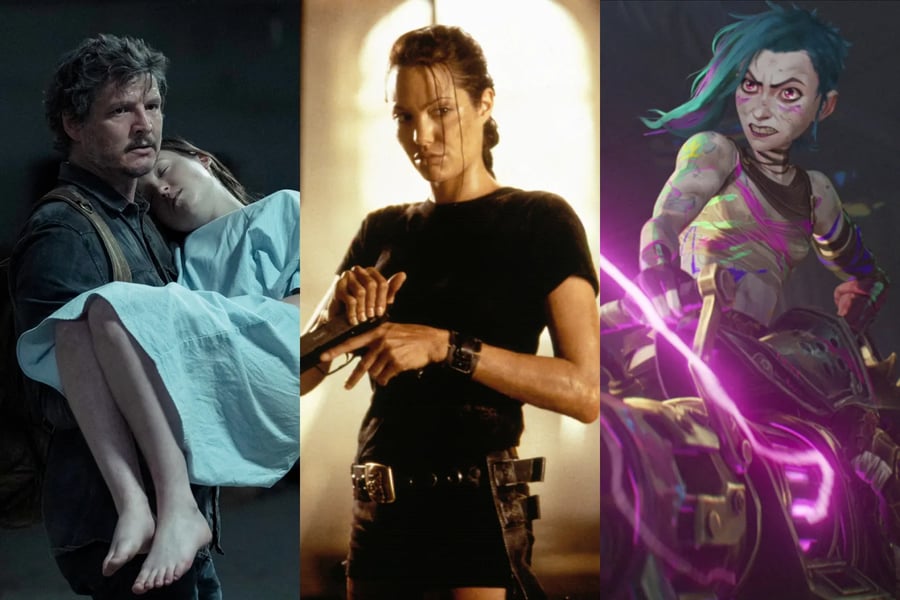The 25 Best Video Game Adaptations of All Time
From Emmy-winning HBO prestige dramas to guilty pleasure 3D schlock, gaming has taken a long time conquering Hollywood

LIANE HENTSCHER/HBO; PARAMOUNT/ EVERETT COLLECTION; NETFLIX
It’s a common belief that video game movies, since the earliest days, have been bad. And not just run-of-the-mill bad, but real bad — as in, avoid at all costs, direct-to-DVD quality in terms of how low the bar can go.
And while it’s true that most of them aren’t great, the fact is that the worst offenders are usually a result of creative mismanagement. While early games may not have the depth of full-length novels (more modern ones certainly do), and the stories from games like Super Mario or Street Fighter may have been paper thin to begin with, in the hands of the right person, adapting a video game shouldn’t be any different than making a comic book movie.
And even though absolute failures like 1993’s Super Mario Bros. and a slew of mid-2000s misfires like BloodRayne, Hitman, and Max Payne have added to the idea that games don’t have the meddle to be translated artfully to a more passive medium, there are plenty of exceptions that actually hit the mark.
Today’s entertainment landscape is all about IP infusion, and after Marvel had its heyday, it’s time for video games to have their moment to shine. As a new generation of writers and filmmakers come up, having been raised on video games as a medium, there’s a healthier understanding of what makes a good game’s story work. And while superhero flicks have slowed down in their rollout, video game movies are only accelerating with multiple theatrical releases hitting every season and waves of streaming and TV series arriving hand over foot.
But it’s not just today’s prestige or big-budget mentality that’s made past adaptations work — plenty of filmmakers have been able to mine entertainment (intended or otherwise) out of depths of gaming. Whether it’s tossing in fan-favorite aspects while remaining firmly cinema-minded or just going full-tilt on the ridiculousness that makes some games great, there’s no one right way to navigate adaptation.
So, while “video game adaptation” may have once been a dirty term, here are 25 examples of movies and shows (live-action or animated) where putting down the controller to watch the story play out has led to worthwhile — and occasionally transcendent — experiences.
Love Music?
Get your daily dose of everything happening in Australian/New Zealand music and globally.



























































